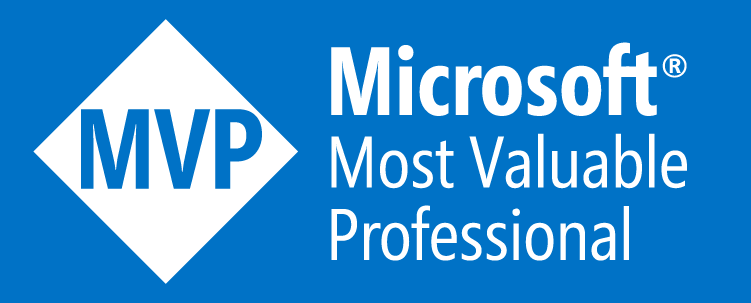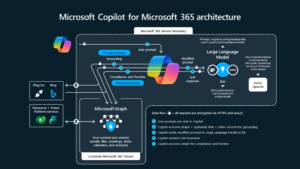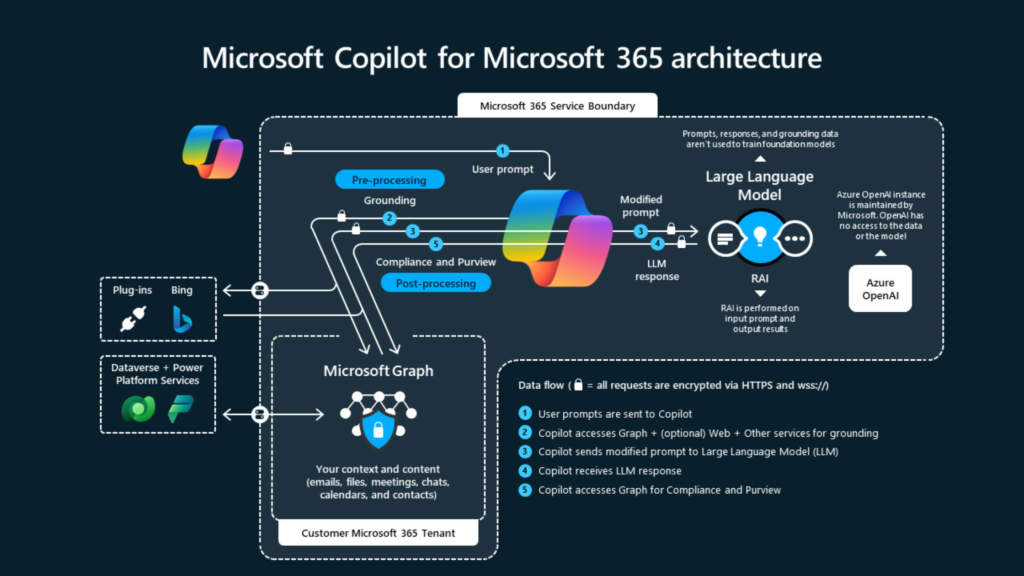In this example I added a new menu item “Example” on projProjectsListPage form which will call controller class. This example is create project transactions using service calls at the end.
First we need to create a contract class which holds parameters (dialog fields value or user input). To keep it simple I only added two parameters ProjId (Project Id) and ProjContractId (Project Contract Id). That’s the model part of MVC pattern and view part is automatically created by using these data member attributes.
[DataContractAttribute]
[DataMemberAttribute,
[DataMemberAttribute,
Let’s move to controller part of sysOperation framework and create a new controller class.
For this example I don’t need to have batch tab on dialog, so I set return value to FALSE in canGoBatch() method.
class FF_ExampleController extends SysOperationServiceController
public static void main(Args _args)
{
public static FF_ExampleController newFromArgs(Args _args)
public LabelType parmDialogCaption(LabelType _dialogCaption = "")
protected void new(
private void initFromCaller()
public boolean canGoBatch()
public Common parmCallerRecord(
/// <summary>
In the new method of controller class it is eventually calling service class method. We could create a method in controller class itself and refer that method into the new method of controller class to process business logic. This seems to be a lot for controller class, first to handle all parameters and then process business logic, recommended way is to separate the business logic in service class and another advantage of having service class is, these operations can also be used in web services (AIF) operations. That’s the separate topic and we will talk about it later…
Let’s create new service class and add entry point method to process business logic.
class FF_ExampleService
[SysEntryPointAttribute]
Have we achieved what we aimed at start?
We are almost there, just need to add a new action menu item and assign controller & service class to it.
That’s it!!! run the menu item and see how it works…

Click on Example menu item from Project list page, it opened a dialog with correct title ‘Create project transactions’ and with correct Project Id passed from calling form (ProProjectsListPage).
Happy Dax!ng…









